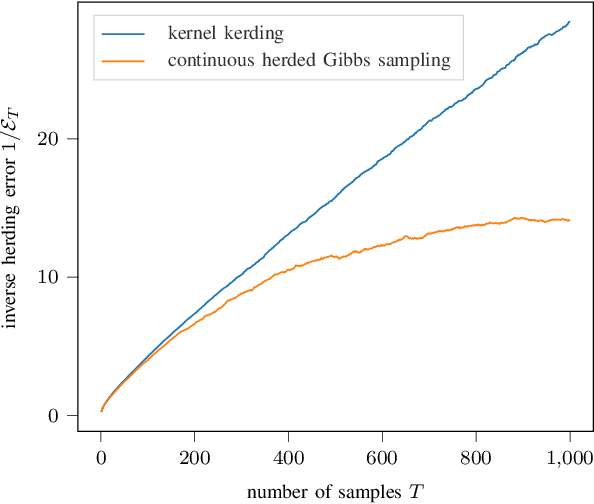Marcus Baum
Lidar-only Odometry based on Multiple Scan-to-Scan Alignments over a Moving Window
Mar 27, 2025Abstract:Lidar-only odometry considers the pose estimation of a mobile robot based on the accumulation of motion increments extracted from consecutive lidar scans. Many existing approaches to the problem use a scan-to-map registration, which neglects the accumulation of errors within the maintained map due to drift. Other methods use a refinement step that jointly optimizes the local map on a feature basis. We propose a solution that avoids this by using multiple independent scan-to-scan Iterative Closest Points (ICP) registrations to previous scans in order to derive constraints for a pose graph. The optimization of the pose graph then not only yields an accurate estimate for the latest pose, but also enables the refinement of previous scans in the optimization window. By avoiding the need to recompute the scan-to-scan alignments, the computational load is minimized. Extensive evaluation on the public KITTI and MulRan datasets as well as on a custom automotive lidar dataset is carried out. Results show that the proposed approach achieves state-of-the-art estimation accuracy, while alleviating the mentioned issues.
Continuous Herded Gibbs Sampling
Jun 11, 2021



Abstract:Herding is a technique to sequentially generate deterministic samples from a probability distribution. In this work, we propose a continuous herded Gibbs sampler, that combines kernel herding on continuous densities with Gibbs sampling. Our algorithm allows for deterministically sampling from high-dimensional multivariate probability densities, without directly sampling from the joint density. Experiments with Gaussian mixture densities indicate that the L2 error decreases similarly to kernel herding, while the computation time is significantly lower, i.e., linear in the number of dimensions.
Optimal Fusion of Elliptic Extended Target Estimates based on the Wasserstein Distance
Apr 01, 2019



Abstract:This paper considers the fusion of multiple estimates of a spatially extended object, where the object extent is modeled as an ellipse that is parameterized by the orientation and semi-axes lengths. For this purpose, we propose a novel systematic approach that employs a distance measure for ellipses, i.e., the Gaussian Wasserstein distance, as a cost function. We derive an explicit expression for the Minimium Mean Gaussian Wasserstein distance (MMGW) estimate. Based on the concept of a MMGW estimator, we develop efficient methods for the fusion of extended target estimates. The proposed fusion methods are evaluated in a simulated experiment and the benefits of the novel methods are discussed.
Extended Object Tracking: Introduction, Overview and Applications
Feb 21, 2017



Abstract:This article provides an elaborate overview of current research in extended object tracking. We provide a clear definition of the extended object tracking problem and discuss its delimitation to other types of object tracking. Next, different aspects of extended object modelling are extensively discussed. Subsequently, we give a tutorial introduction to two basic and well used extended object tracking approaches - the random matrix approach and the Kalman filter-based approach for star-convex shapes. The next part treats the tracking of multiple extended objects and elaborates how the large number of feasible association hypotheses can be tackled using both Random Finite Set (RFS) and Non-RFS multi-object trackers. The article concludes with a summary of current applications, where four example applications involving camera, X-band radar, light detection and ranging (lidar), red-green-blue-depth (RGB-D) sensors are highlighted.
* 30 pages, 19 figures
 Add to Chrome
Add to Chrome Add to Firefox
Add to Firefox Add to Edge
Add to Edge